
Cuba
Cuba is the largest island country in the Caribbean. Dance, music, and food are an inseparable part of the Cuban way of life. The culture of this Caribbean island, with its Latin, African, and Taino influences, offers a fascinating and delicious fiesta for everyone to enjoy. Gather the kids and let’s learn about Cuba!
QUICK STATS
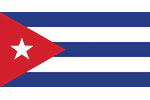
Cuba is an island country, consisting of the Island of Cuba, The Isle of Youth (La Isla De La Juventud), and more than 4,000 small islands and cays. It is bordered by Jamaica and The Cayman Islands to the south, The US-governed Bahama Islands and Florida to the north, Mexico to the east, and Haiti and The Dominican Republic to the west.
A brief history for kids to learn about Cuba
Human settlement in Cuba dates as far back as the 4th millennium BC. Before the arrival of the Spanish, the island was inhabited by various Amerindian groups, namely the Taino, Ciboney, and Guanajatabey. They cultivated crops such as maize, cassava, and sweet potatoes.
Christopher Columbus’ ship arrived on the island of Cuba on October 27, 1492, naming it Isla Juana and claiming it as a part of the Kingdom of Spain. The Spanish built settlements and founded Havana, Cuba’s present capital, in 1514.
The local Taino people were forced to work under the Spanish ruling elite and were virtually wiped out from Cuba’s demography within a century, mainly due to Eurasian infectious diseases. The Spanish imported African slaves as a replacement, and many labored in sugar plantations.
As a part of the Seven Year War between Spain, Britain, and France in the 18th century, Havana and Western Cuba went under British rule. The British opened up trade between Havana and other North American and Caribbean British colonies, which transformed Cuban society and culture quite extensively. However, Cuba was returned to the Spanish as the war ended.
At the end of the 18th century, the import of African slaves to Cuba grew rapidly. By 1860, more than half of Cuba’s population was African. Slave revolts increased in intensity and frequency over the 19th century. In 1875, slavery was abolished.
Cuba in more recent history
After the American-Spanish war, as a part of a territory exchange, Cuba became a protectorate of the United States. In 1902, Cuba gained formal independence from the US as the Republic of Cuba, while the US retained its right to intervene in Cuban affairs.
A new constitution was adopted in 1940, leading to economic and social reforms. During that time, the communist party gained more political dominance.
Cuba went through a military coup in 1952 and many political liberties, such as the right to vote, were revoked. Due to American political pressure and the strengthening of the revolutionary resistance (led by Fidel Castro), the military regime ended in 1958. Havana was captured by Castro’s forces in 1959.
Despite the initial support from the American government, Castro’s regime went under American sanctions in the 1960s. Consequently, Cuba signed a commercial agreement with the Soviet Union. Cuba soon developed a Soviet-based communist governance system and sided with the Soviets in the Cold War.
In 1991 when Soviet troops began to withdraw from Cuba, the country went under an economic and humanitarian collapse.
Castro resigned in 2008 and in the following years, most restrictions on freedom from Castro’s days were finally removed. The country reopened to the world after years of travel and trade restrictions.
A new constitution was democratically approved in 2019, describing the communist party as the only legitimate political party in the country.
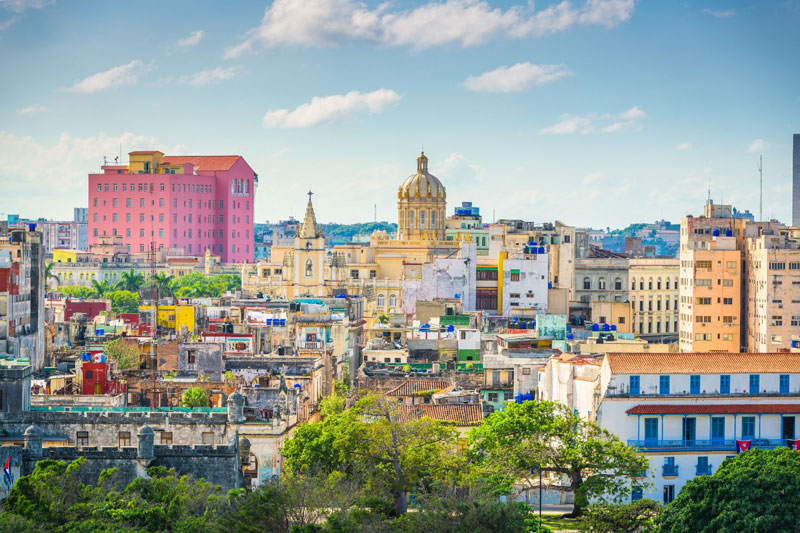
Fun facts about Cuba for kids
- Cuba’s Palmar de Junco Stadium is the world’s oldest active baseball stadium, hosting games since 1874.
- The Taino people were the first humans to inhabit Cuba. Nowadays, languages like English and Spanish still use Taino words such as hurricane (huracán in Taino), barbeque (barbacoa), and canoe (canoa).
- Weddings in Cuba are legally recognized in the UK, making it a popular travel destination among British engaged couples.
Cuban food
In many aspects, Cuban cuisine is largely based on Spanish gastronomy, with the addition of African and Taino influences.
As an island country, Cuban cuisine offers a wide variety of seafood dishes, as well as tropical fruit and vegetables such as coconut, pineapple, and cassava. One of the staple dishes of Cuba is rice and beans, which are either cooked together (Moros y Cristianos) (or congri, depending on the beans you use) or separately (Arroz con frijoles).
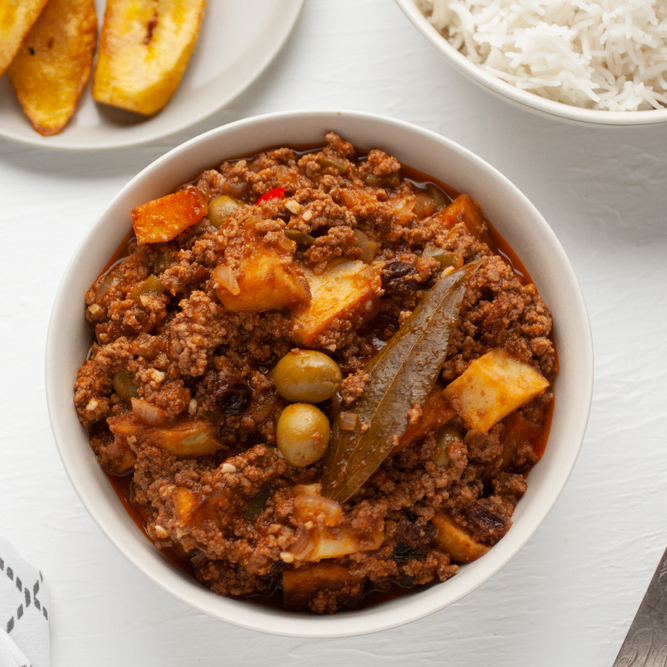
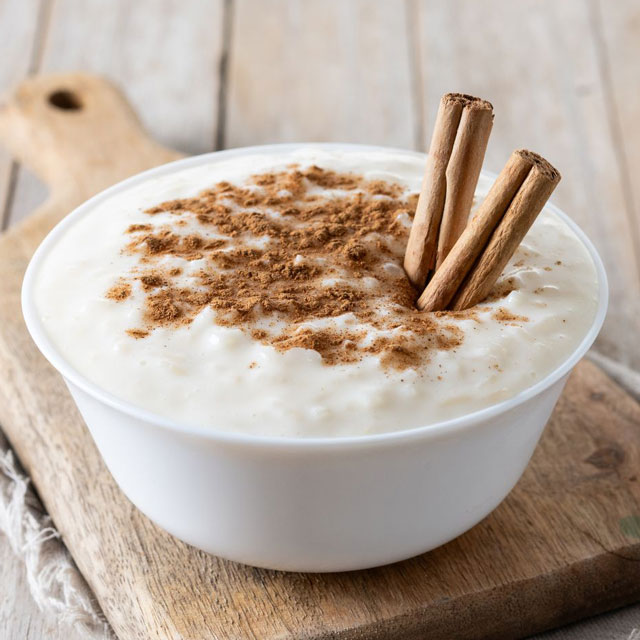
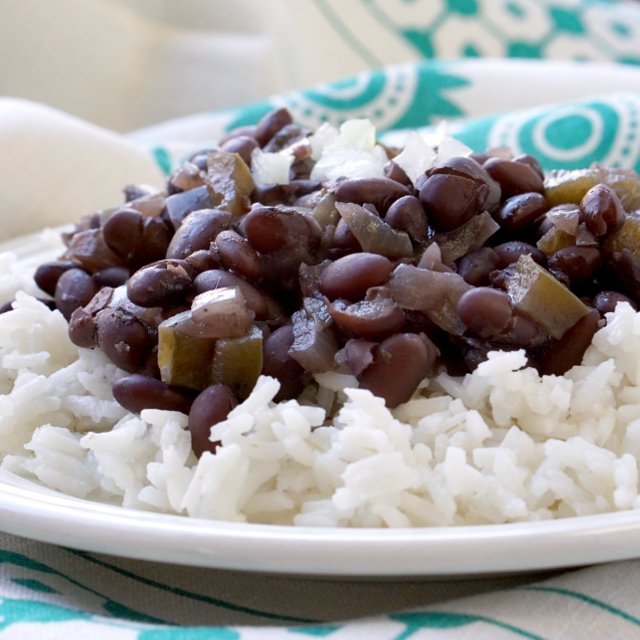
What do Cubans eat? Facts for kids to learn about mealtime in Cuba.
While breakfast is usually kept on the lighter and sweeter side, lunch and dinner are the larger meals of the day. Additionally, snacks are commonly consumed throughout the day and for some Cubans also during nighttime.
Breakfast (7-9 am) (desayuno)
Generally, Cubans start their day with Cuban toasted bread, either eaten with butter and jam or with ham and cheese. Fruit and coffee are often served alongside the meal.
Lunch (12-1 pm) (almuerzo)
If one desires a larger meal, lunch would be very similar to dinner (read below). However, many locals prefer to have a quicker and lighter meal, consisting of dishes like empanadas or tamales.
Dinner (6-7 pm) (cena)
Dinner would typically consist of a meat dish, such as ropa vieja or picadillo (both are traditional meat stews), accompanied by a side dish of starch (rice and beans or fried plantains, for instance).
Desserts such as flan (like this pumpkin flan) or guava jam with cheese (like in these guava and cheese pastries) are often served after the main course, especially on special occasions.
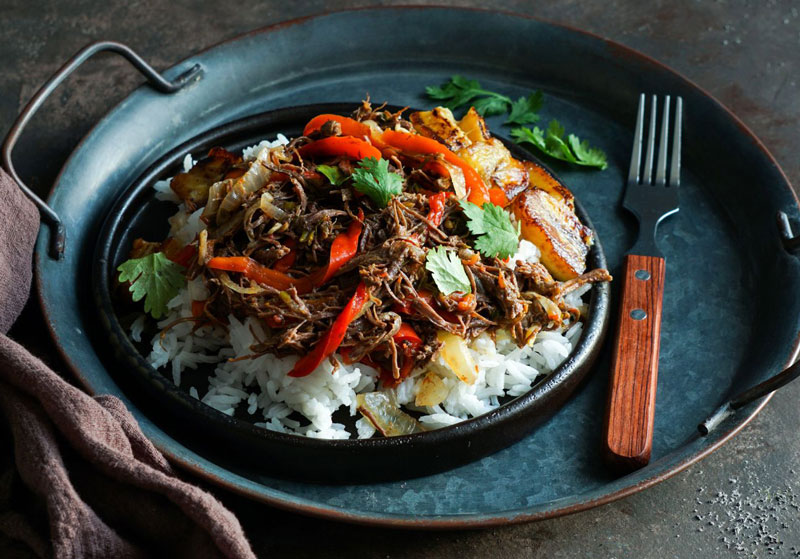
Food etiquette in Cuba
Cuban table manners can be quite strict when dining in a formal setting. Seating arrangements are decided by the host, wrists should be rested on the edge of the table, and reaching across the table for dishes might be considered rude. In an informal setting, some of the rules are more flexible.
In a traditional Cuban meal, most dishes are shared. It is customary to pass the sharing dishes clockwise as everyone serves themselves a portion. Conversations are held between bites and toasts are made throughout the meal.
Cuban food by region
Cuba can be divided into regions in a number of different ways, but for our purposes, we will look at the simplest division – Western, Central, and Eastern. When learning about Cuba with kids, looking at the similarities and differences between regions can be quite interesting.
Despite being a relatively small island country, Cuba is full of local specialties, influenced by seasonal and regional crops, as well as some demographic differences from region to region.
Eastern Cuban Cuisine
The eastern area of Cuba is known for its seafood, which is the main source of protein in most meals. In addition, the famous Moros y Cristianos are replaced by congri, a similar dish that cooks red beans (instead of black) with rice.
Eastern Cuba is also known for ajiaco, a hearty stew of chicken and vegetables.
Central Cuban Cuisine
The central area of Cuba, especially the city of Cienfuegos, is known for its Hispanic culinary character. This is reflected in the choice of spices, the popularity of beef, chorizo, and ham. You also see it in the regional dishes of Spanish origin, such as paella covadonga.
Havana’s Cuisine (Western Cuba)
The lively Cuban capital has a unique culinary scene. As a bustling nightlife city, Havana is known for medianoche (literally ‘midnight’) – a sandwich of Swiss cheese, ham, and pork that is often sold in the vicinity of party venues during nighttime.
In addition, international influences (mainly from Chinese cuisine) are also a prominent part of the city’s gastronomy.
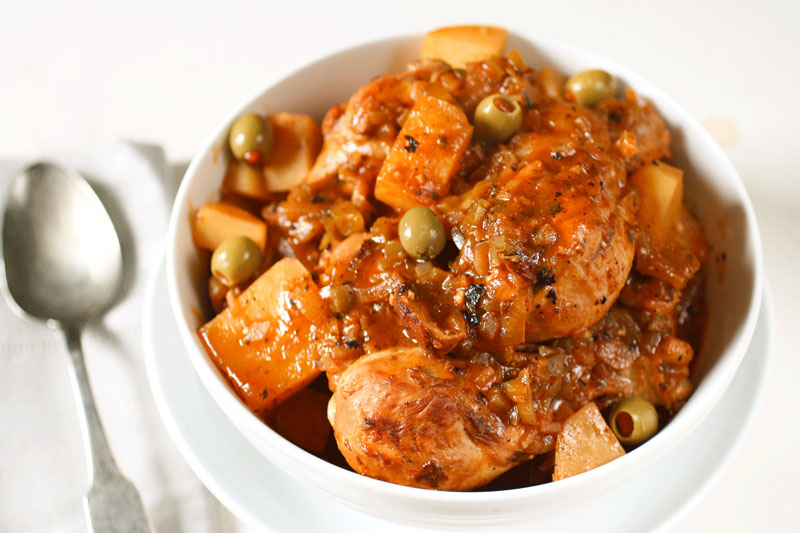
Holidays in Cuba
Discussing holidays is a great way for kids to learn about Cuba. Cuba is a land of festivity and carnivals, dance parades, and music festivals are an integral part of the Cuban way of life. Such celebrations are held all over the country at different times of the year.
Some festivities, such as Santiago de Cuba’s Fire Festival, attract Cubans from other regions of the island, as well as an international audience.
Fiesta Del Fuego (Fire Festival)
Known as “Fiesta Del Fuego” in Spanish, this Caribbean festival is anticipated by tourists and locals alike. The festival is located in Santiago de Cuba, a city that many regard as significant a cultural center.
The celebrations are characterized by dance and theater performances, fireworks shows, local crafts, and more.
Parrandas De Remedios (Christmas Festival)
Taking place in December, this is one of Cuba’s oldest festivals. Parrandas De Remedios is a week-long celebration, where street dance parades and firework shows take place every night.
This festival originates from the story of Parrandas, a priest of Remedios who was known to have provided children with jars, plates, and spoons, so they could make noise and sing around the village to get people to come to midnight Mass the week before Christmas.
Christmas Eve (Noche Buena) December 25
For Cubans, Christmas Eve (Noche Buena) is the focus of the Christmas celebration. Families gather for large meals and stay up into the early morning hours of Christmas day.
A dinner menu may include whole roast pork, beans and rice, and a number of other traditional, family-favorite sides. The Christmas feast wouldn’t be complete without a dessert, like flan.
New Year & Triumph Of The Revolution
In Cuba, January 1st isn’t solely regarded as the beginning of a new year, but also marks the anniversary of the victory of the Cuban Revolution. Many events are held on that day, with Havana’s New Year’s concert being one of the most popular among them.
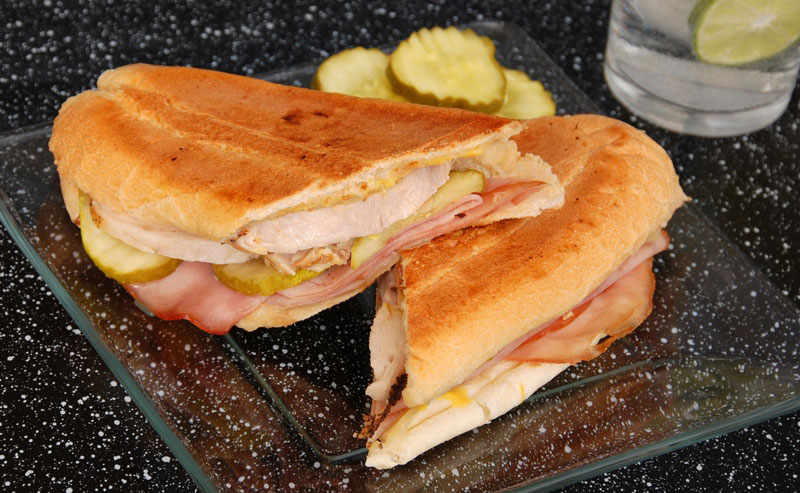
At home ideas for kids to learn about Cuba
As a part of your home-school Cuba unit study or as a supplement to your child’s Cuba unit at school, try some of these ideas at home.
- The USA and Cuba share a long history. Cuban Americans are the fourth largest Hispanic and Latino American group in the United States. The Cuban sandwich is a popular dish within the Cuban American community. (Likely a spin-off of the medianoche sandwich we discuss above.) If you like, have your kids research the dish’s history, ingredients, and method of preparation. Then, get the kids into the kitchen to try this Cuban-American dish for lunch or dinner.
- Some forms of dance, such as Salsa and Cha-Cha-Cha, originated in Cuba and are now popular all around the globe. Choose one Cuban dance and find a video online to learn a few steps.
- What many consider Cuba’s national dish – ropa vieja – actually originated outside of Cuba and was adopted by the locals. Research the dish’s history and compare the Cuban version with other overseas versions. What, in your opinion, makes Cuban Ropa Vieja essentially “Cuban”? Then have the kids get into the kitchen and help cook up this Cuban classic for dinner.
- Use Word Hippo to look up the pronunciation of specific words in Spanish.

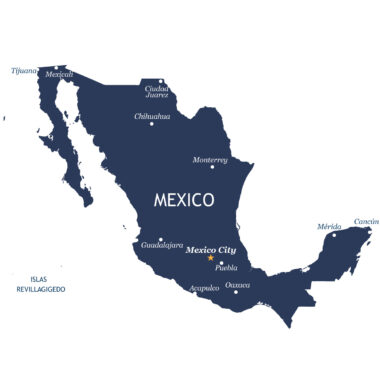
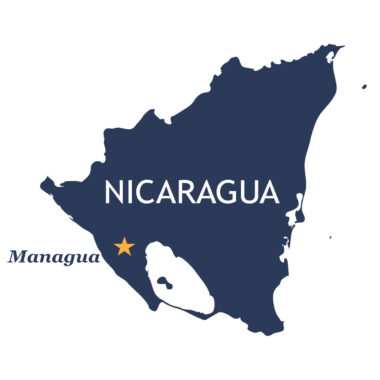
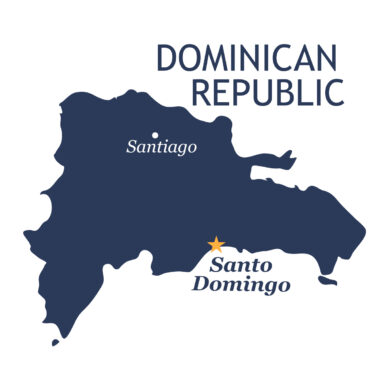


Have a Question/Comment?